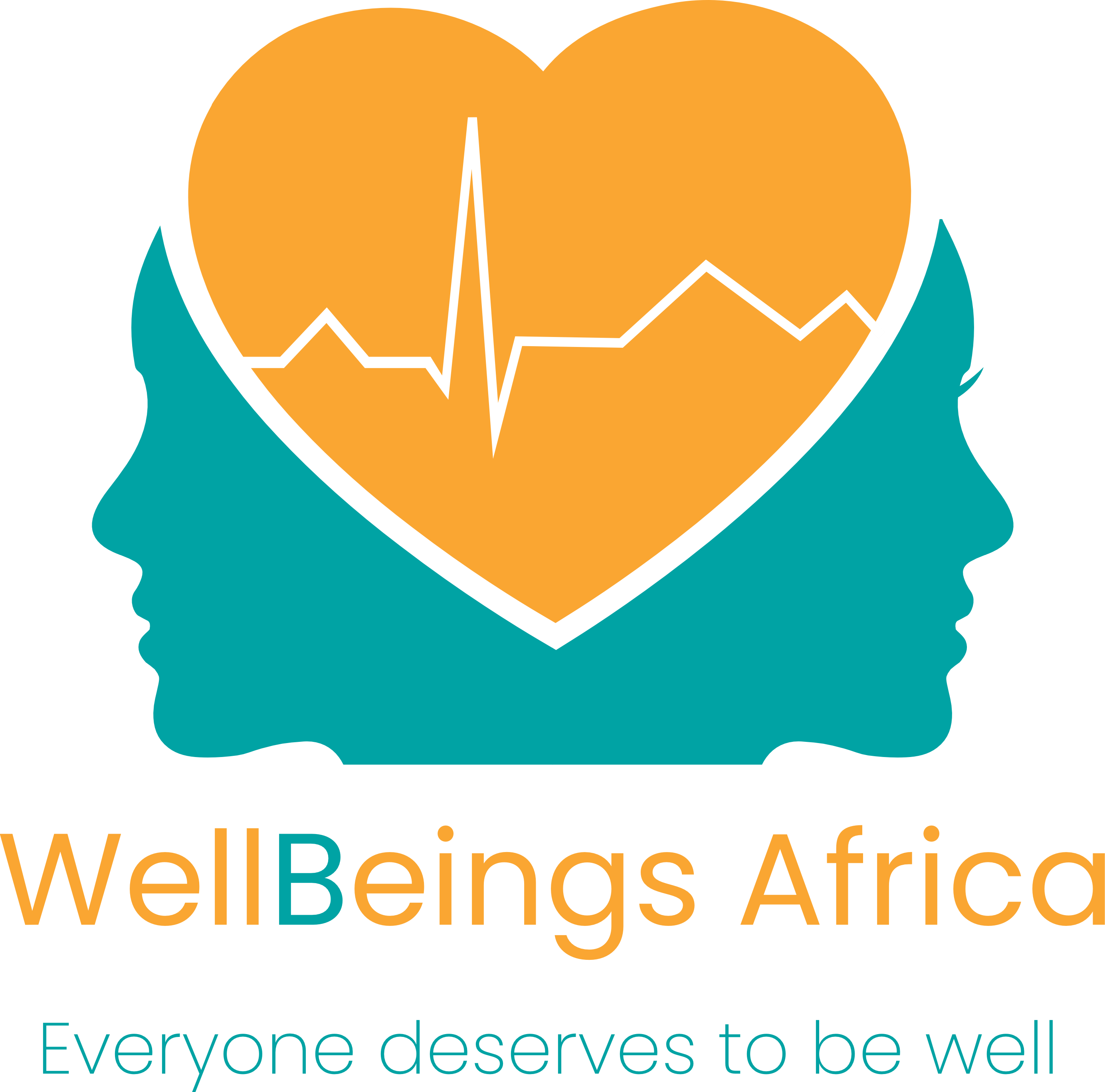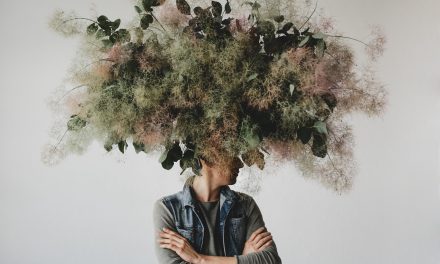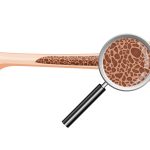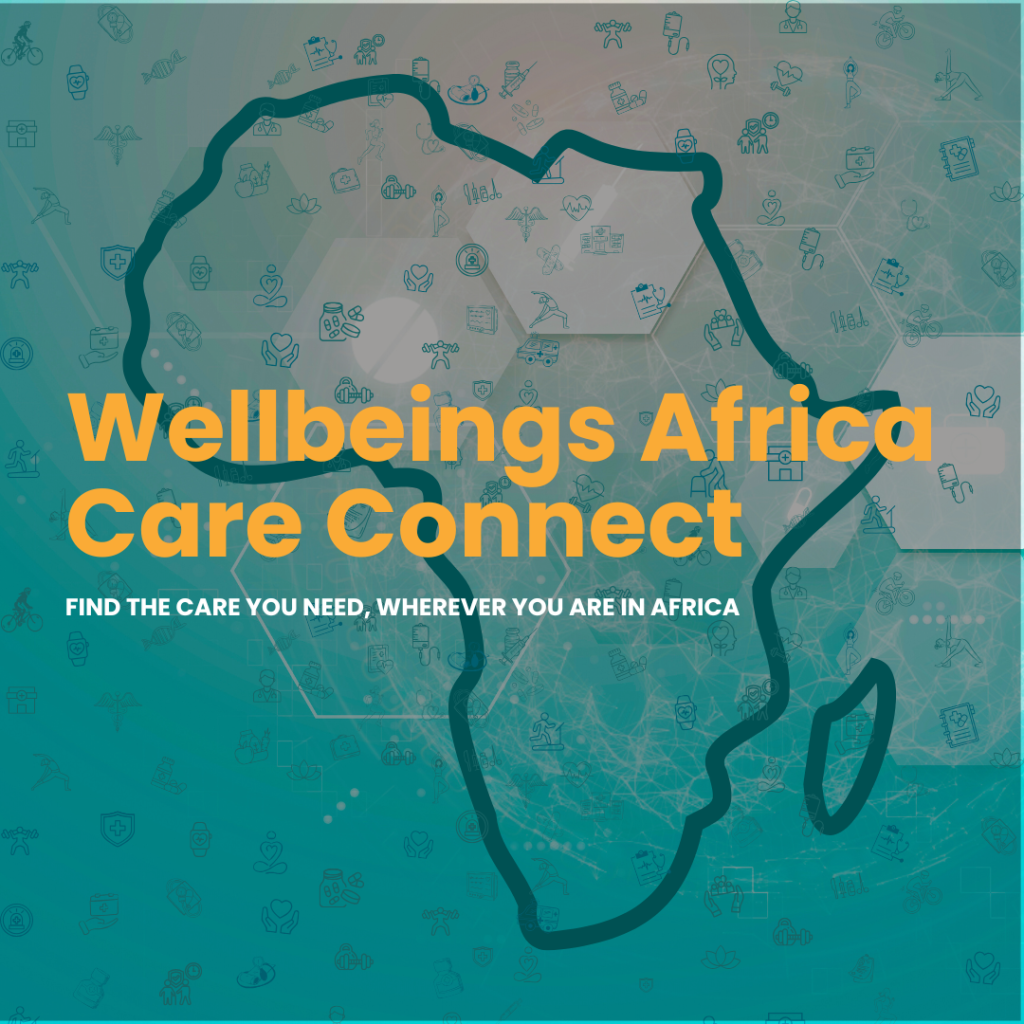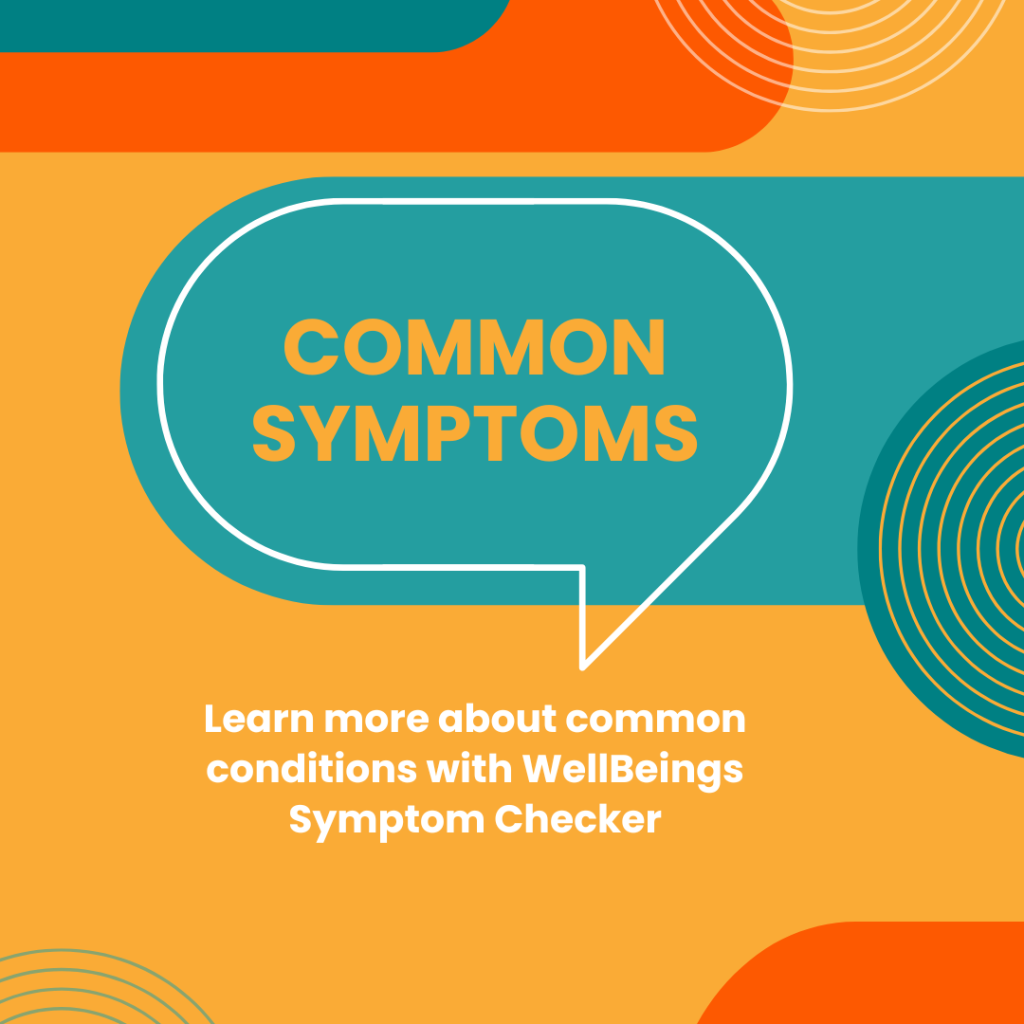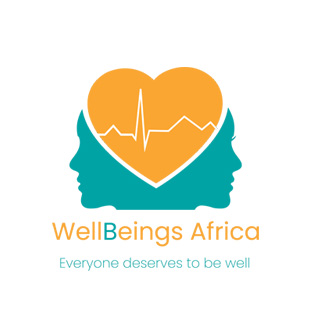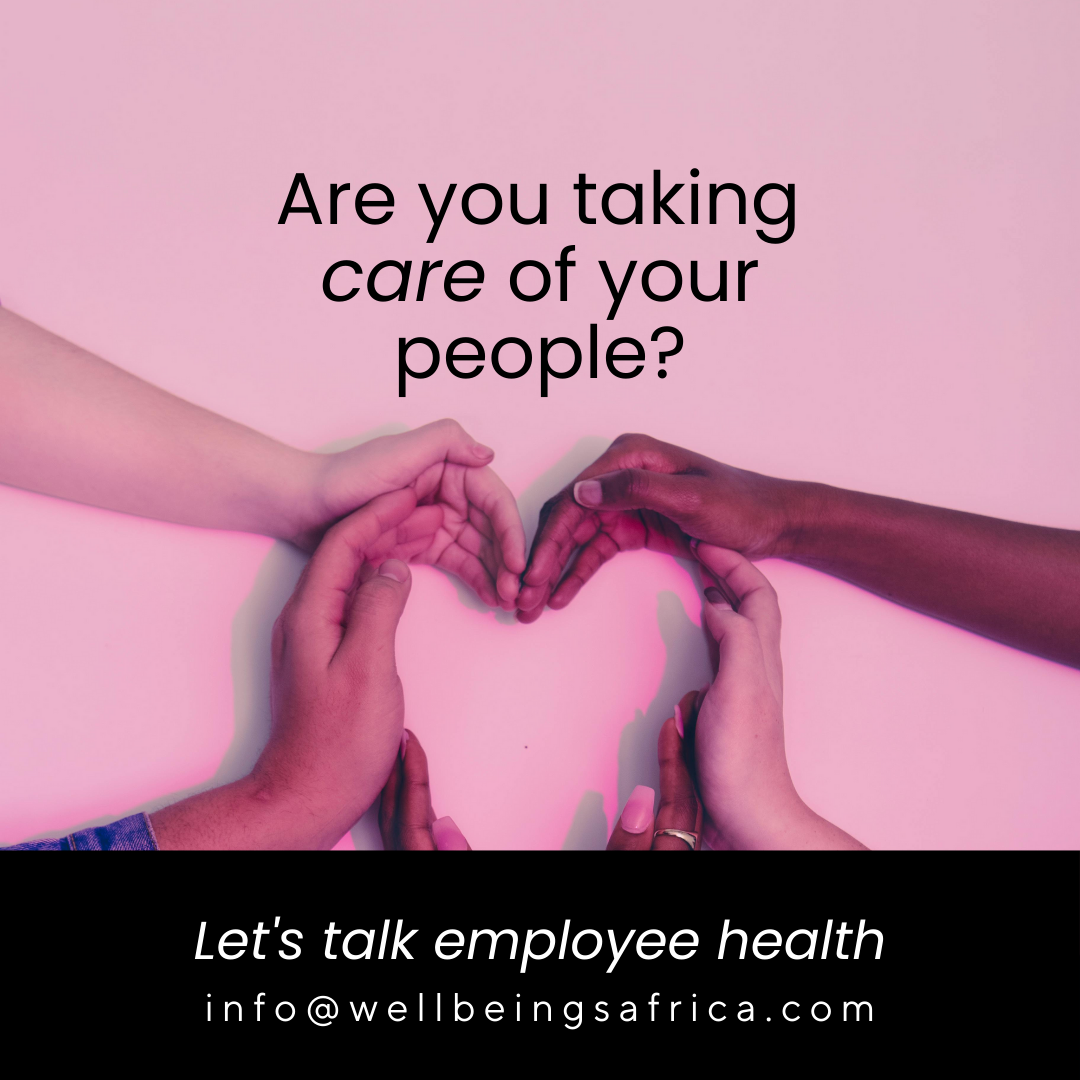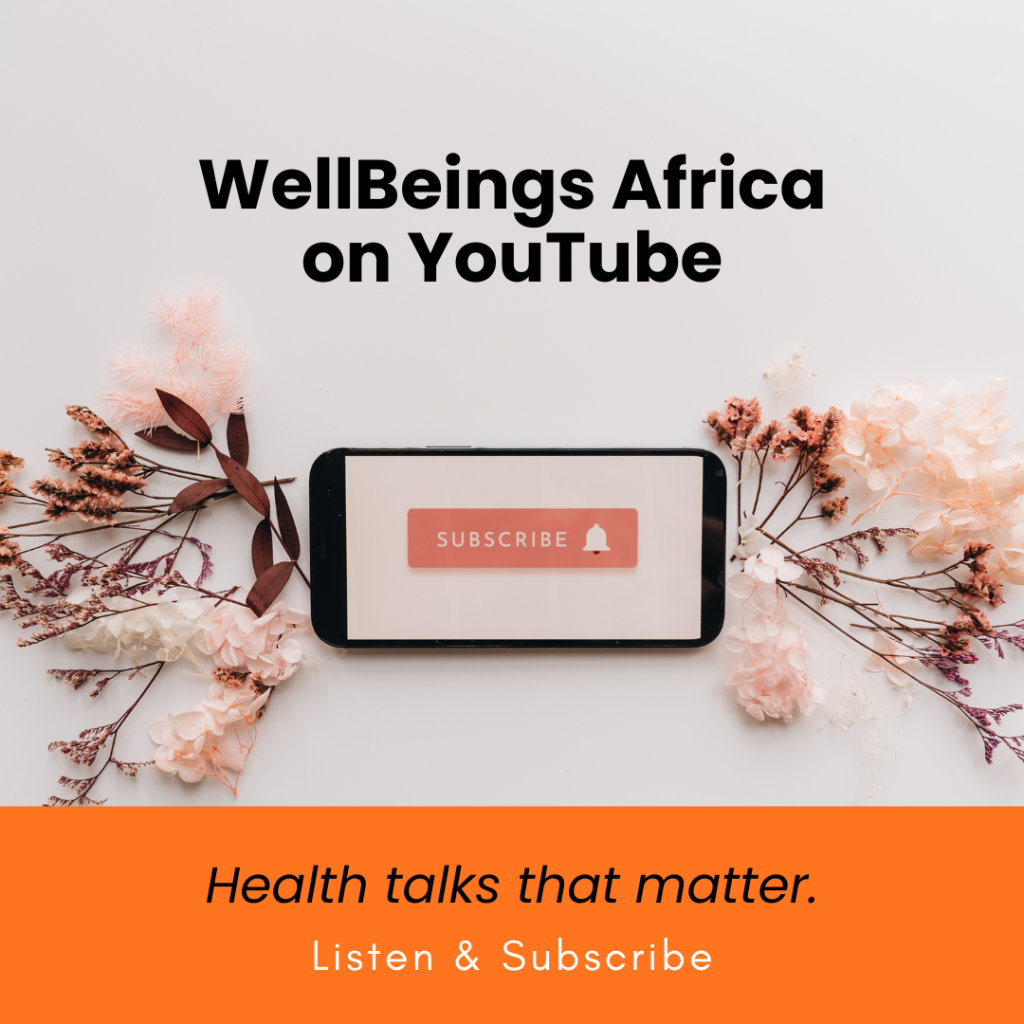A stroke happens when blood stops flowing to the brain. Learn essential first aid tips
Do you know what to do in such an emergency? A stroke can happen within seconds and some people even experience something called a “silent stroke”. This is when they have a stroke without even realising it. These strokes cause no obvious symptoms but may still damage the brain, increasing the risk of future, more severe strokes. Let’s understand how to conduct first aid for a stroke.
Step 1
A stroke can happen in the blink of an eye. The person in front of you may be talking as normal, and suddenly experience a stroke. When blood stops flowing to the brain, this means that the brain stops receiving oxygen and other important substances that help it to function. Brain cells can begin to die within minutes. Recognise the signs of a stroke by remembering “FAST”.
- F – Face: Is one side of the face drooping?
- A – Arms: Is one arm weak or numb?
- S – Speech: Can the person talk, is their speech slurred?
- T – Time: Act quickly!
Step 2
Call for an ambulance immediately. Time is most important now. Give the emergency services as many details as you can, including the address.
Step 3
Do your best to keep the person comfortable and calm. Gently move them into a sitting position or help them to lie down, ideally on their side with their head slightly elevated. This position helps if they vomit or lose consciousness.
Step 4
At the same time, you need to do your best to stay calm. For this moment, you are this person’s only lifeline so if you panic, it can worsen their state. Keep an eye on their breathing and consciousness level. Don’t give them food, drink or medication.
Step 5
Write down or remember when the symptoms started. This is important for doctors, as some treatments are most effective within a specific time window. Always act quickly. Getting professional help fast can save lives and reduce the effects of a stroke.
Warning signs of a stroke
- Facial or limb numbness
- Loss of balance/dizziness
- Difficulty speaking
- Limited vision
- Painful headache
- Confusion
- Extremely sensitive to temperature changes, feeling too hot or too cold
Important things to know about a stroke
Women are more likely to die from strokes than men. They also tend to have strokes later in life and may have different symptoms, such as general weakness or confusion, rather than the typical sudden numbness or difficulty speaking.
While strokes are more common in older adults, people in their 20s, 30s, and 40s can still experience them, especially due to conditions like high blood pressure and diabetes. Don’t ignore the symptoms of migraines either. People who suffer from migraines with aura (visual disturbances) may have an increased risk of stroke, particularly in women who smoke or use birth control pills.
You should never ignore these symptoms because in some cases, symptoms may fluctuate over several hours as the brain struggles with blood supply. This can lead people to mistakenly think they’re recovering. There are also incidences of survivors experiencing a second stroke within five years. This means that it’s vital to take care of your health to stay safe in the long run.
Please always get emergency help if you notice these symptoms in yourself or others.
Image: Pexels
